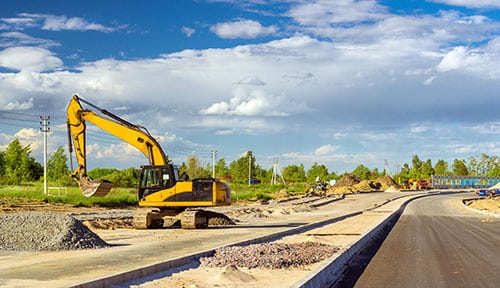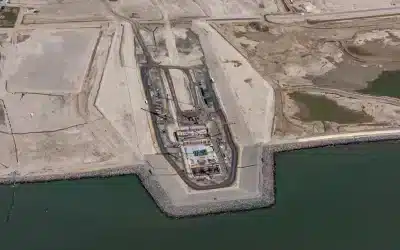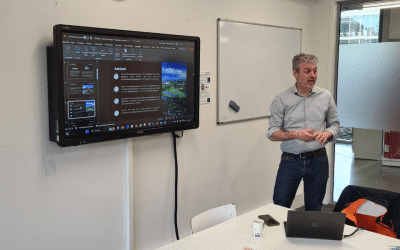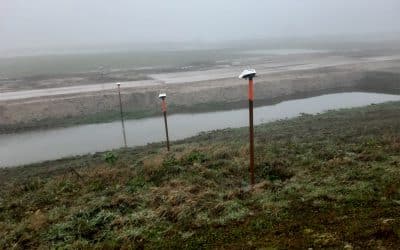FOR WHO?
Governmental authorities, construction companies, maritime corporations and geodetic and geotechnical engineers that use hundreds of devices for monitoring dikes, dredging grounds, and construction terrains.
WHAT?
- Autonomous, precise GNSS-based monitoring system
- Backend database, including geodetic and other statistic algorithms, improving the precision of your measurements
- Basetime dashboard or via API delivering the data right to your desk
TELL ME MORE
Basetime Locator One uses GNSS and RADAR sensors to monitor and present both the vertical movement of the original ground level and the height and thickness of the added sand layer. The automated sensor measures the exact position of the top of a settlement rod with the precision of – at most – 5mm in the Z direction and 3mm in the X-Y direction.
By using these observations, we calculate and provide the accurate information you need, such as the settlement of the original ground level and the added sand layers.



